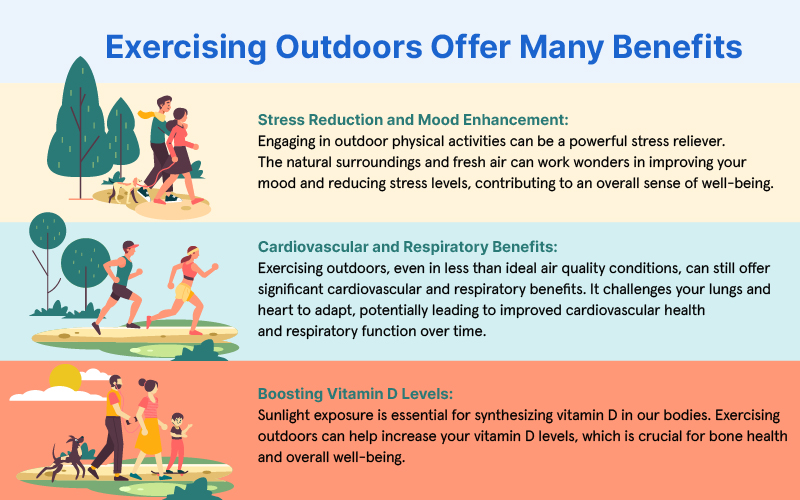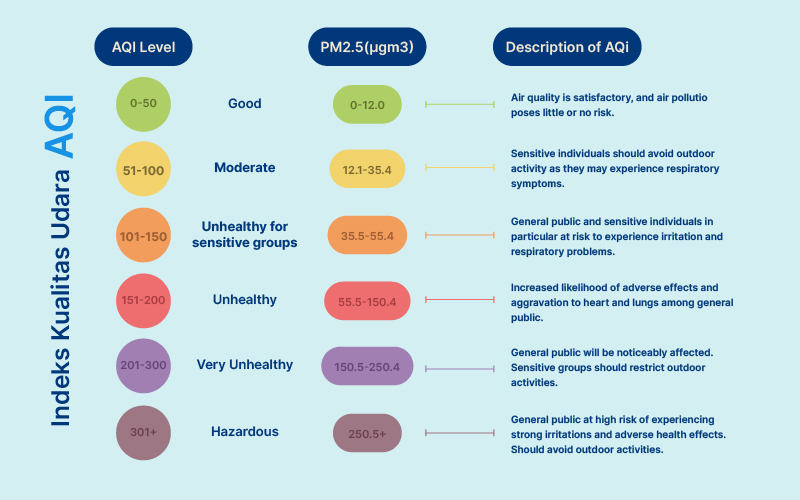Exercise is a cornerstone of a healthy lifestyle, but the decision to engage in outdoor physical activities when air pollution levels are elevated can be a complex one. The Air Quality Index (AQI) is a crucial factor in making this decision, as different AQI levels warrant different recommendations. When it comes to exercising outdoors, the importance of clean air cannot be overstated, as the act of exercising involves deeper and more frequent breaths. The effects of breathing polluted air during exercise can range from immediate discomfort to long-term health implications, making it imperative to weigh the pros and cons carefully.
The Cons of Exercising Outdoors When Air Pollution is High Short-Term Health Effects: Exercising in polluted air can lead to immediate discomfort, including coughing, wheezing, and shortness of breath. These short-term effects can be particularly pronounced for individuals with pre-existing respiratory conditions. Long-Term Health Risks: Prolonged exposure to high levels of air pollution during outdoor exercise has been linked to chronic respiratory diseases, heart disease, and even lung cancer. These are significant long-term health concerns that should not be underestimated. Brain Health Impact: Recent research has suggested a link between air pollution and brain health. Exercising outdoors in highly polluted areas might increase the risk of Alzheimer's or dementia over time, though more research is needed in this area.
Reducing the Risks of Exercising Outdoors When Air Pollution is High Check the AQI: Before deciding to exercise outdoors, always check the AQI level. If it exceeds 100, it is recommended to opt for indoor exercise to minimize exposure to polluted air. Adjust Intensity and Duration: When the AQI falls between 50 and 100, consider reducing the intensity and duration of your outdoor workout. This can help lower your overall exposure to air pollutants. Explore Low-impact Alternatives: Opt for alternative exercises like aerobics, pilates, yoga, or swimming, which may not require as vigorous or deep breathing as activities like running. Indoor Air Purification: Invest in HEPA-based air purifiers like Blueair to maintain clean and healthy indoor air, especially in spaces where you plan to exercise. This can create an optimal environment for physical activity.
Balancing Risks and Benefits Research consistently shows that exercise has numerous short and long-term benefits, including improved cardiovascular health, mental well-being, and overall longevity. However, it is important to remember that exercising outdoors when the air pollution is high can have adverse health effects, which should not be overshadowed by the benefits of regular physical activity. Making informed decisions about when and how to exercise outdoors can help strike the right balance between staying active and protecting your health.
|
 |
 |










